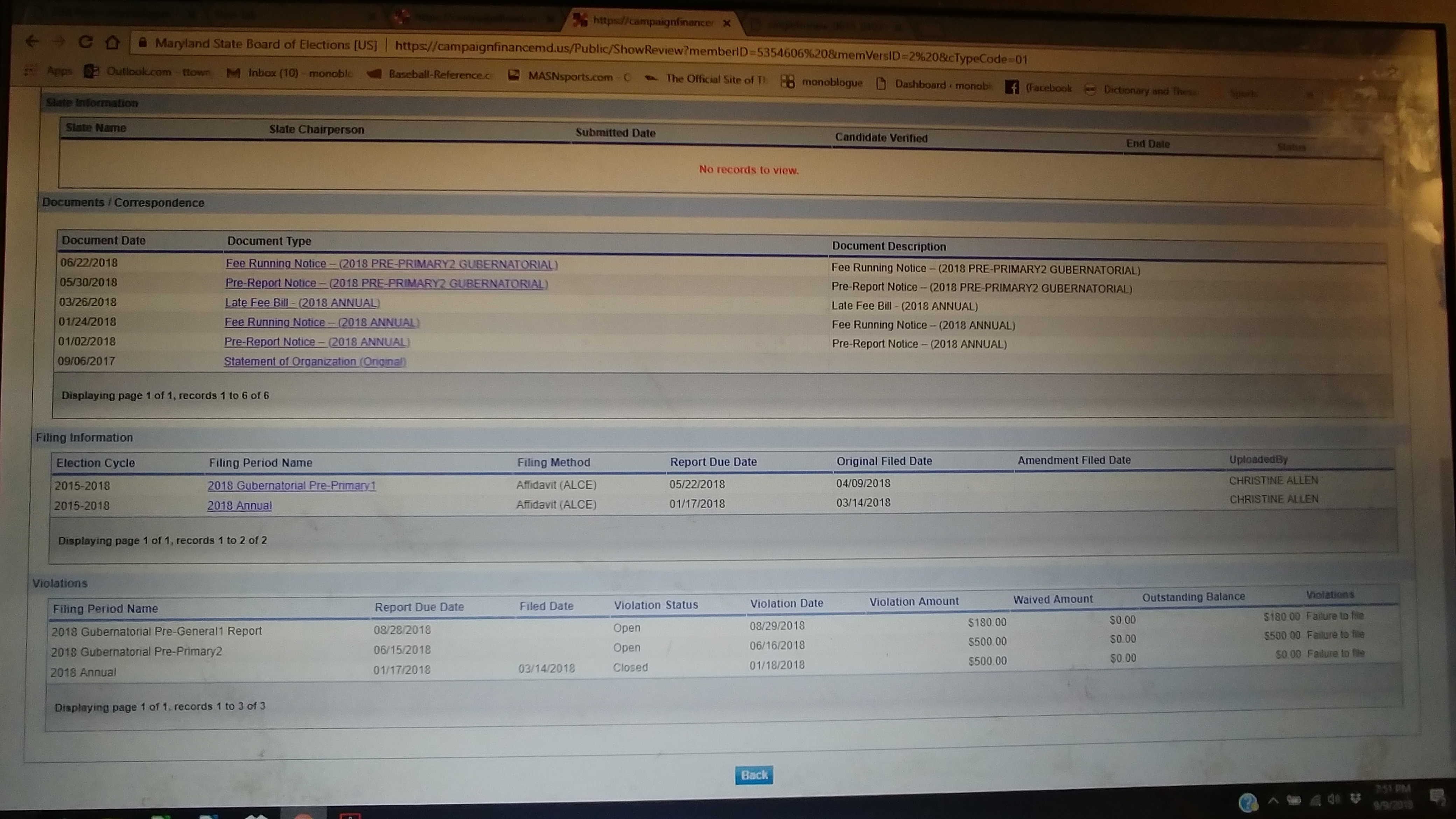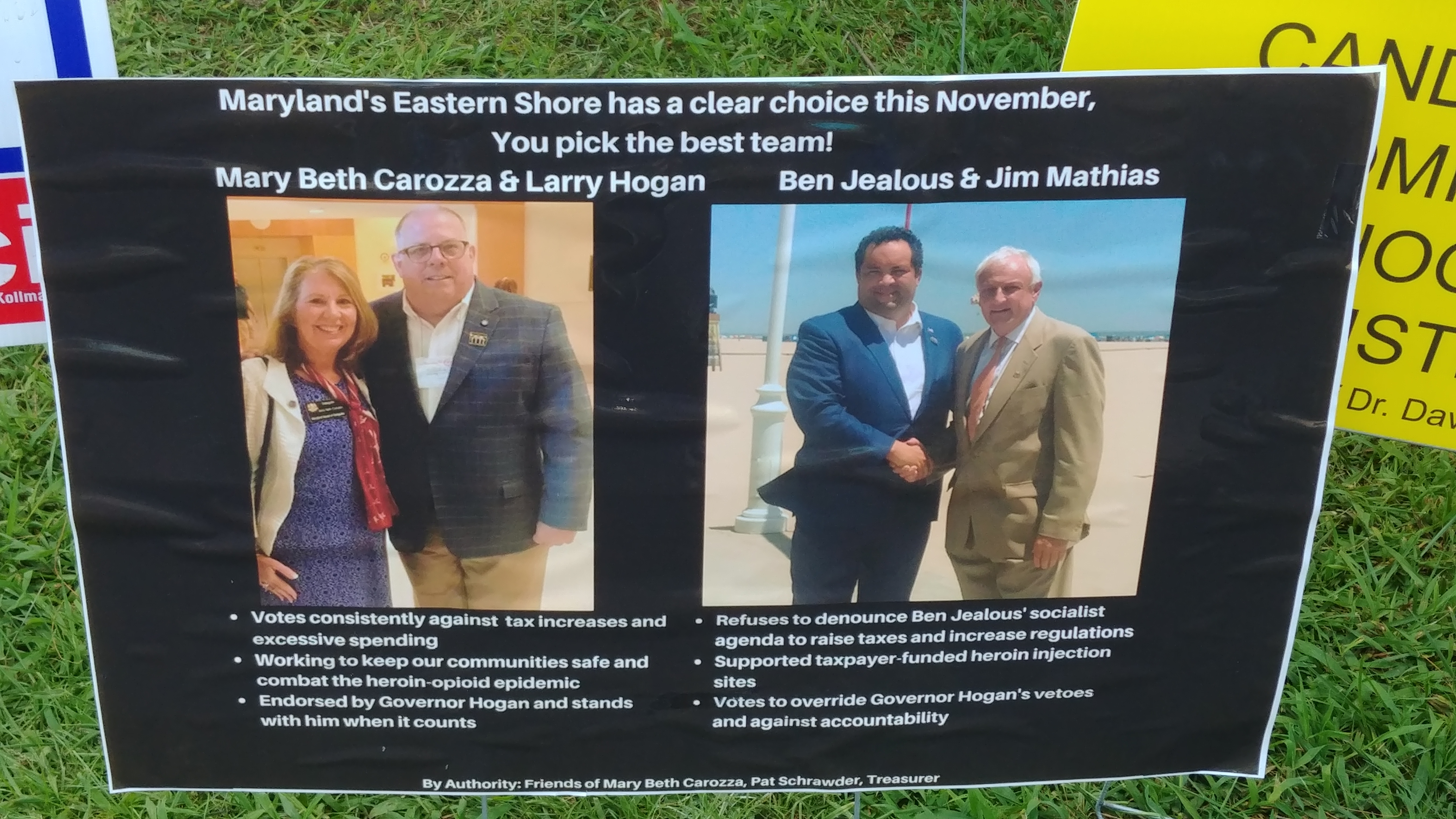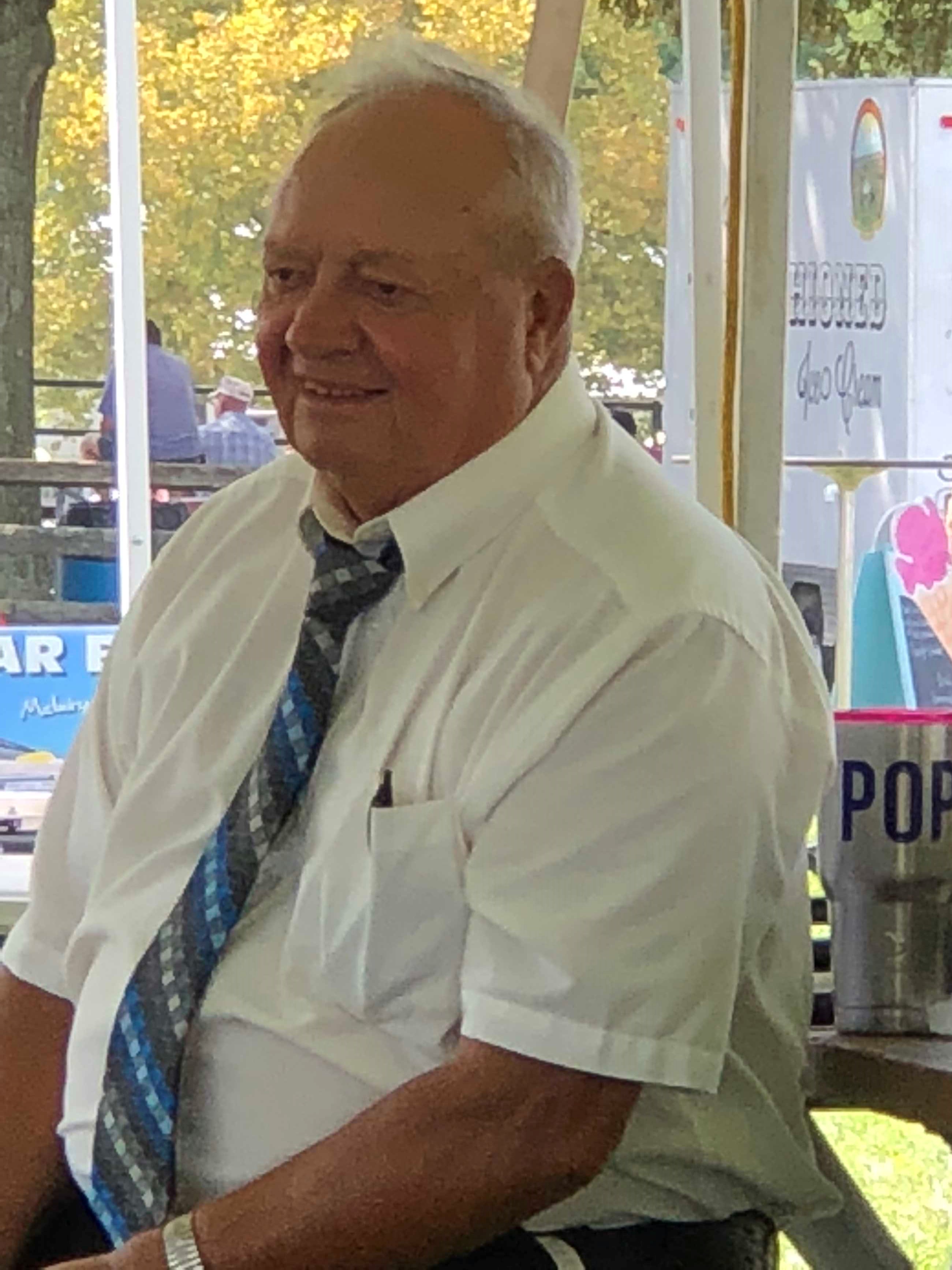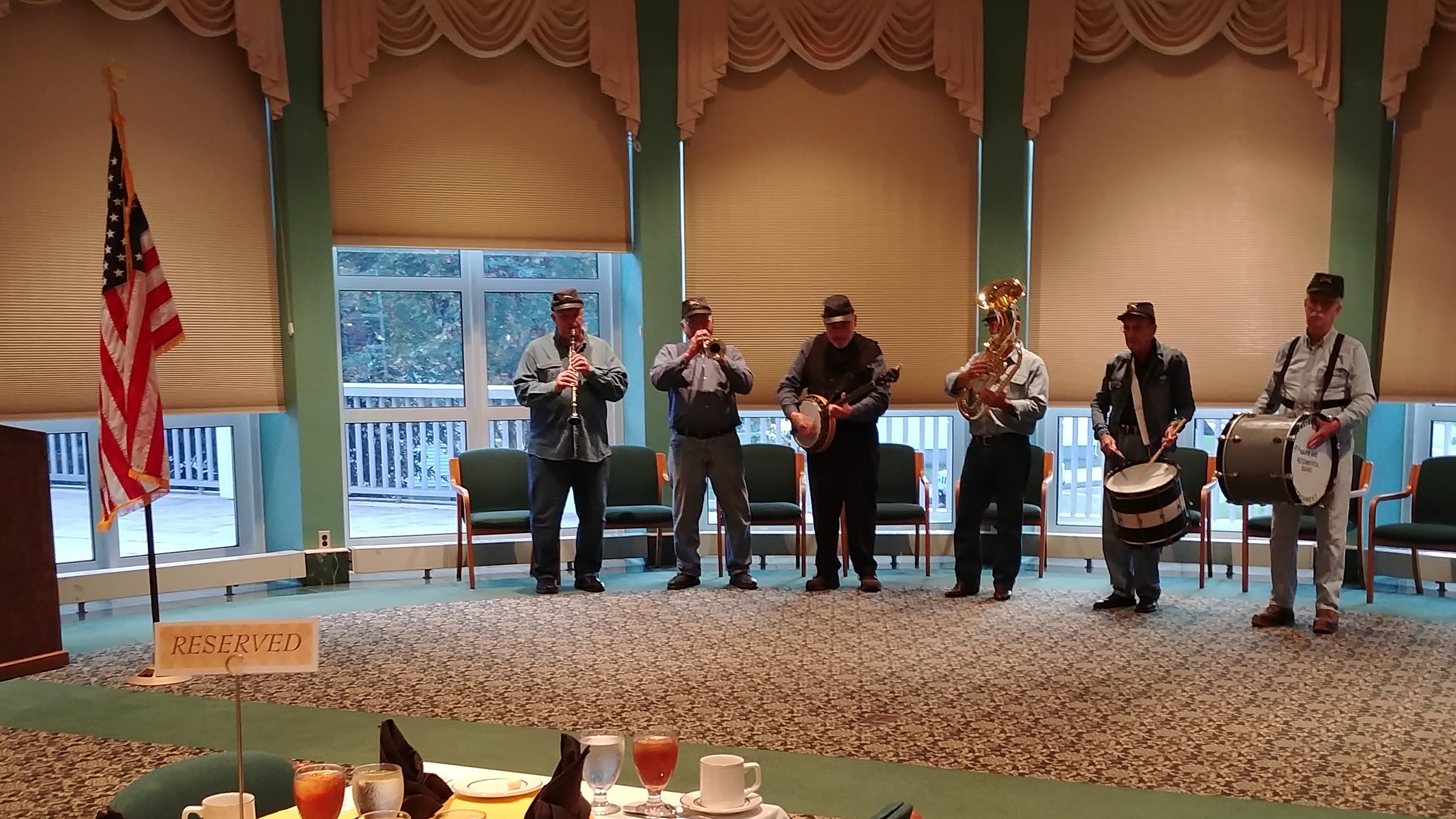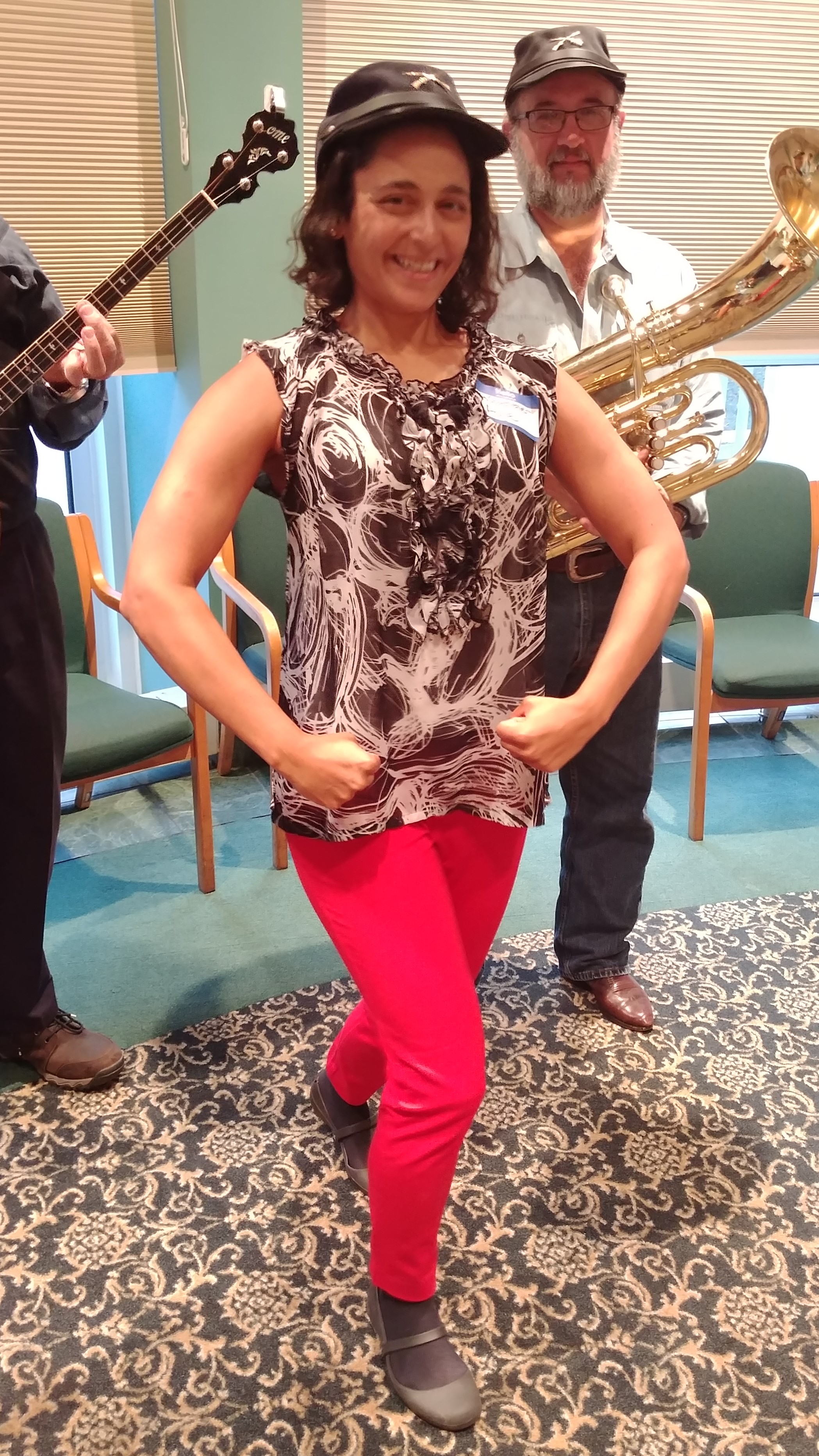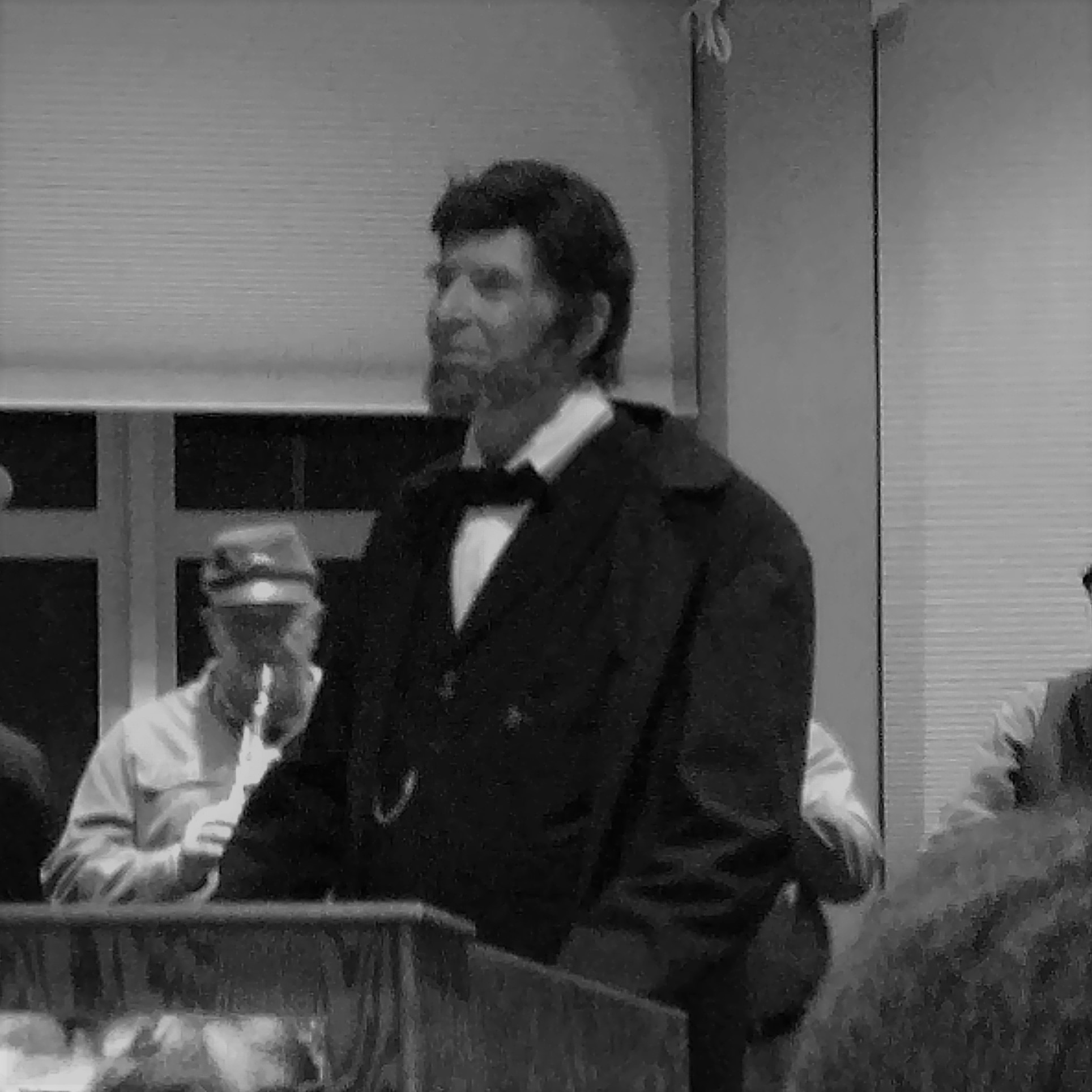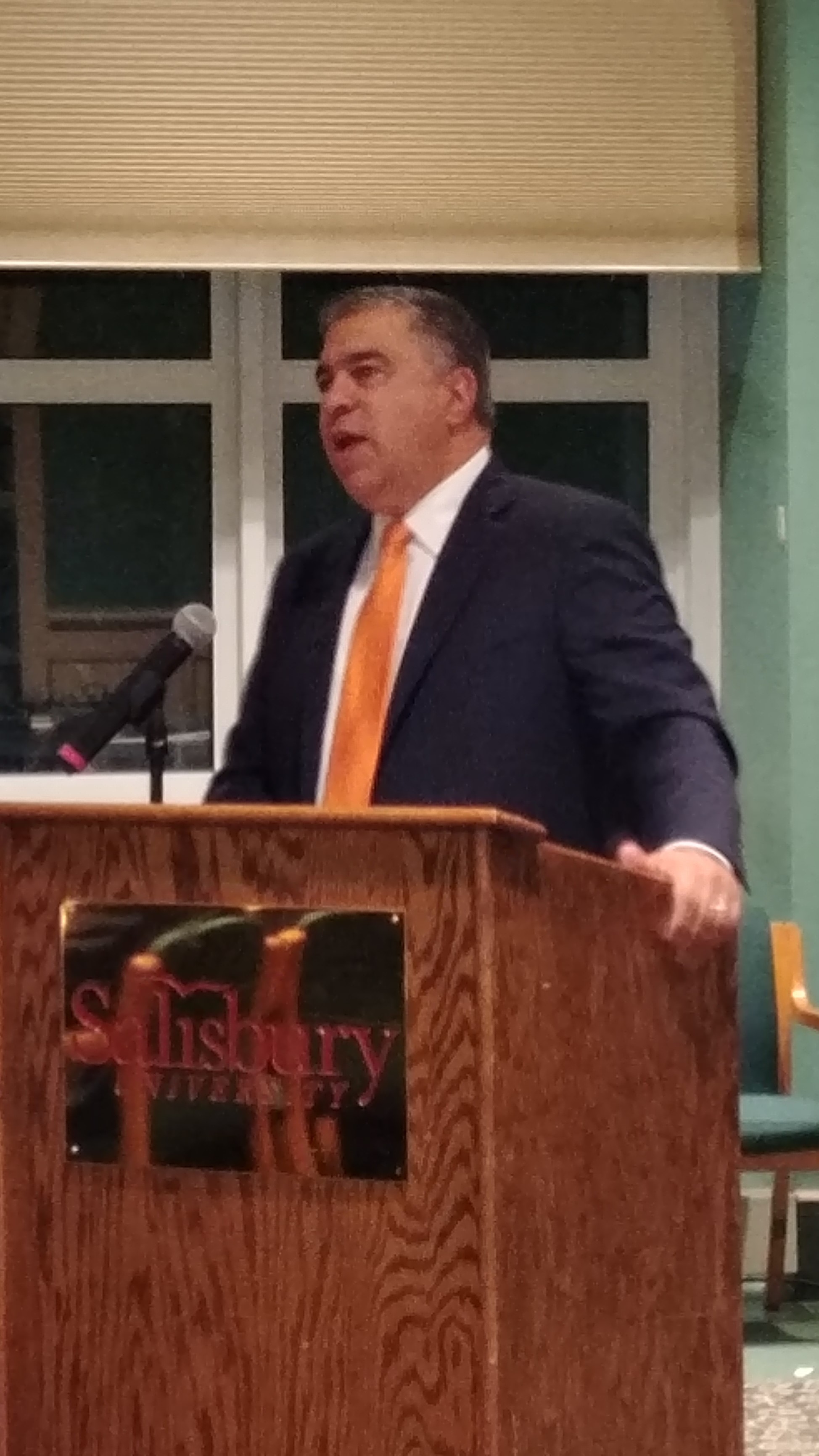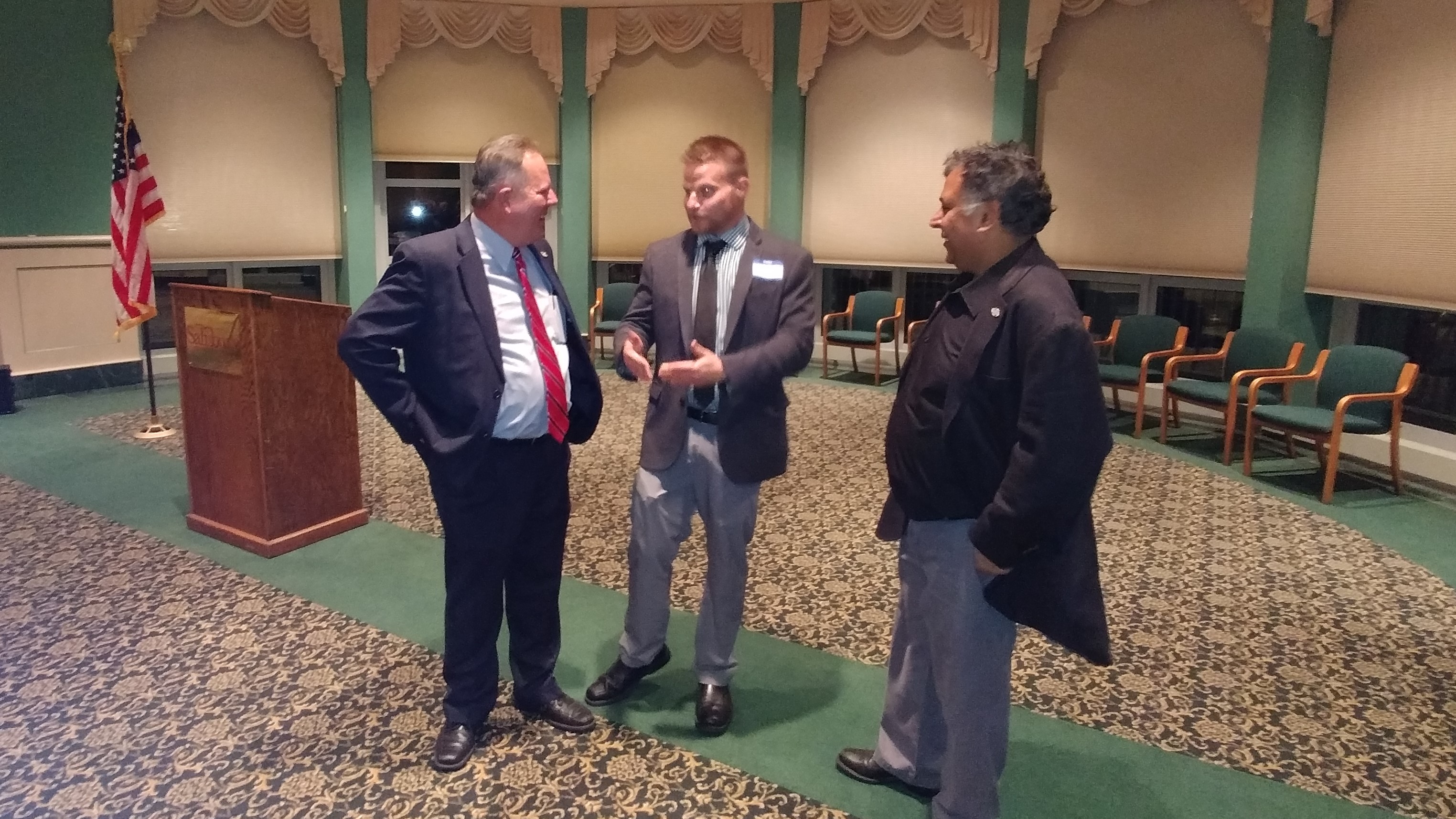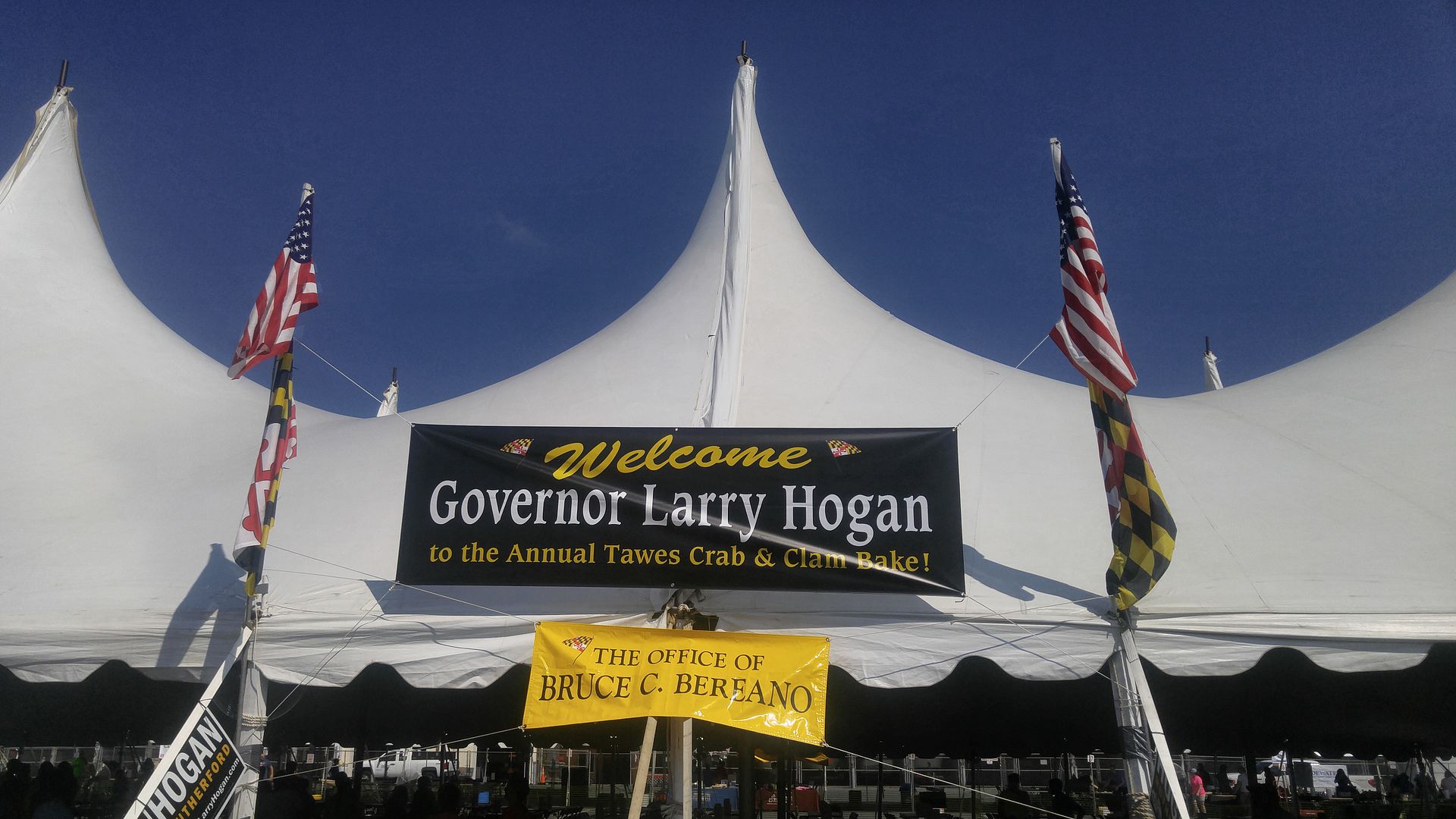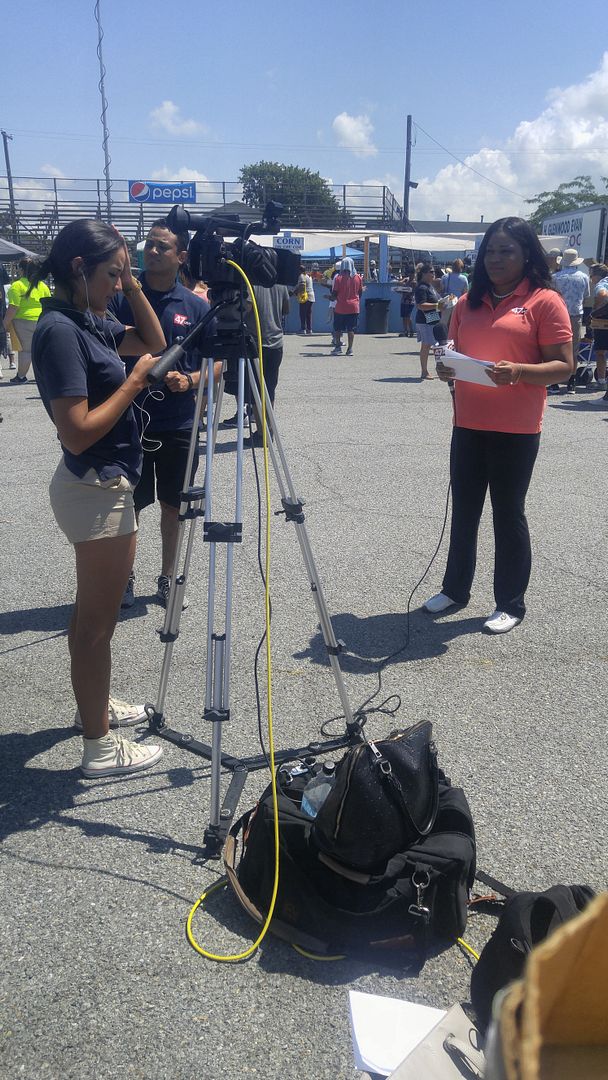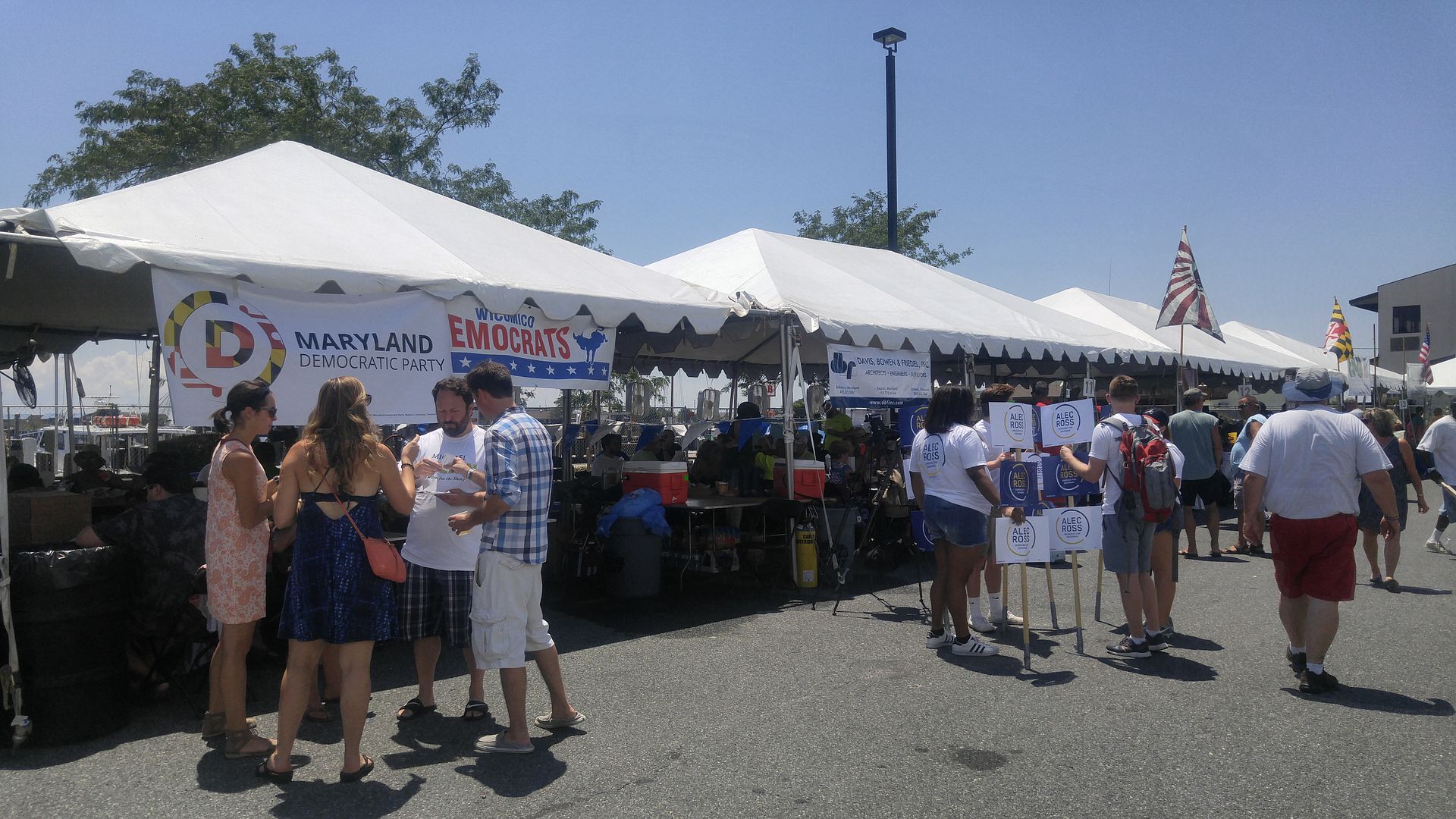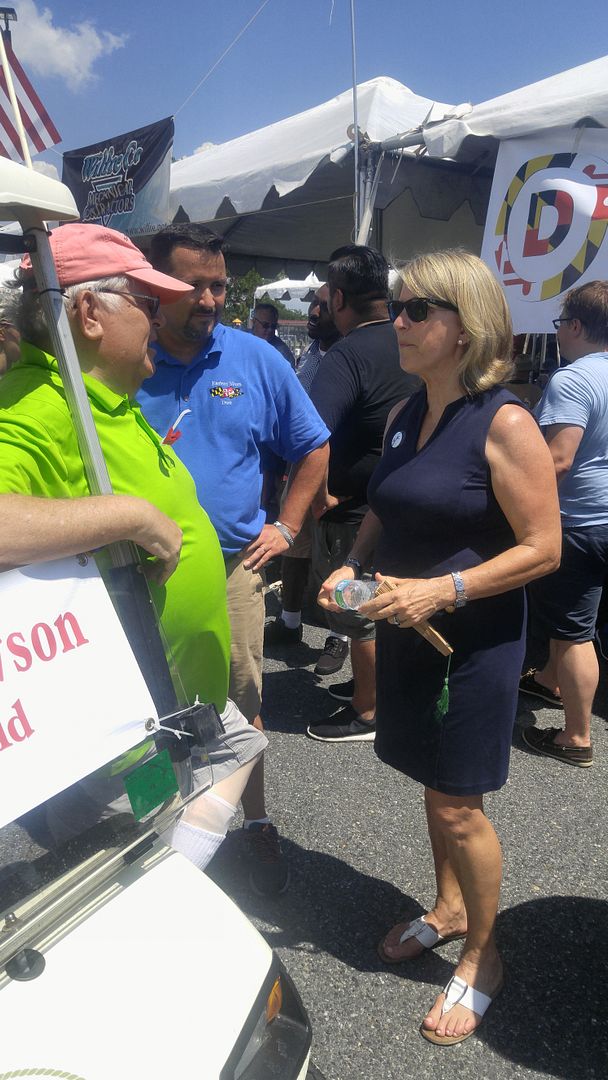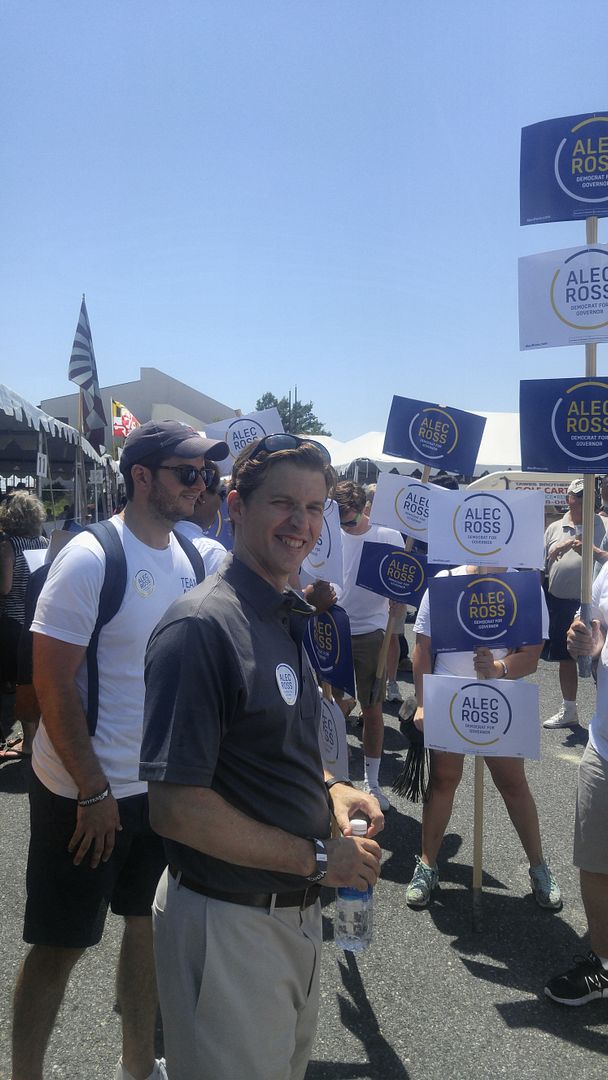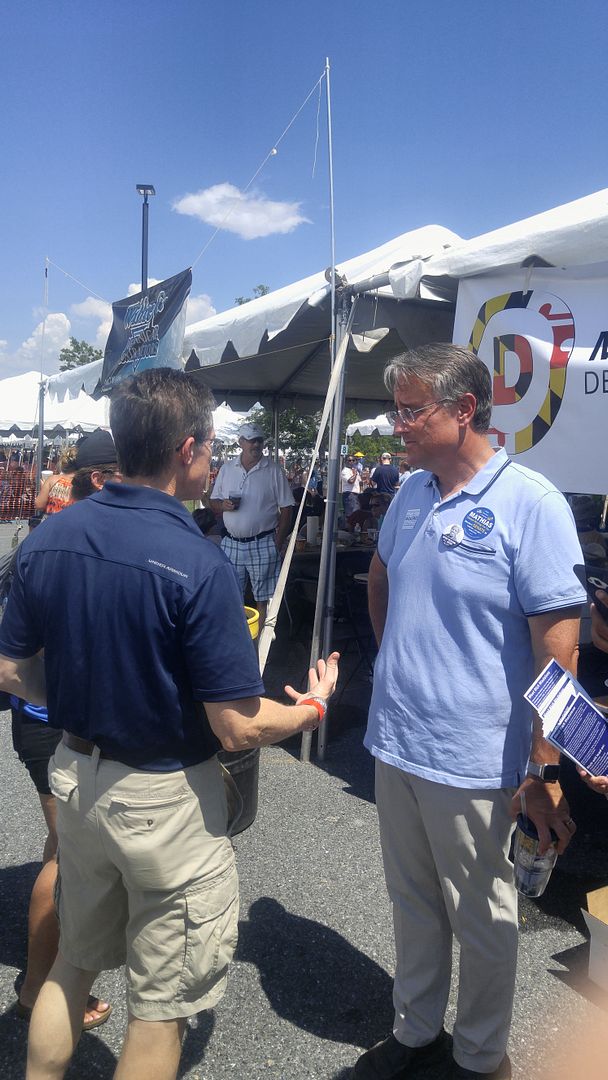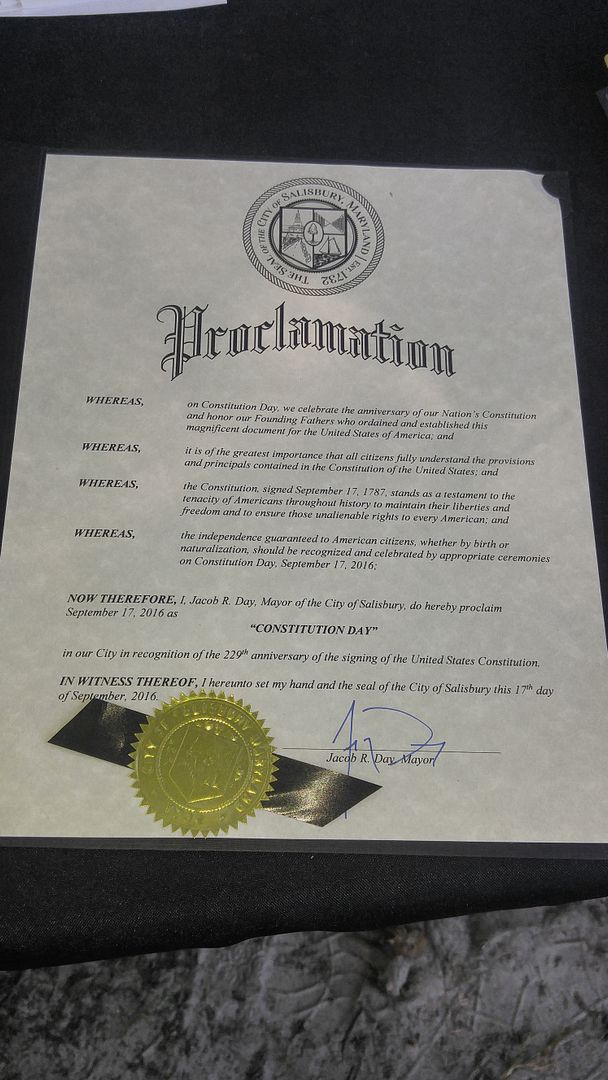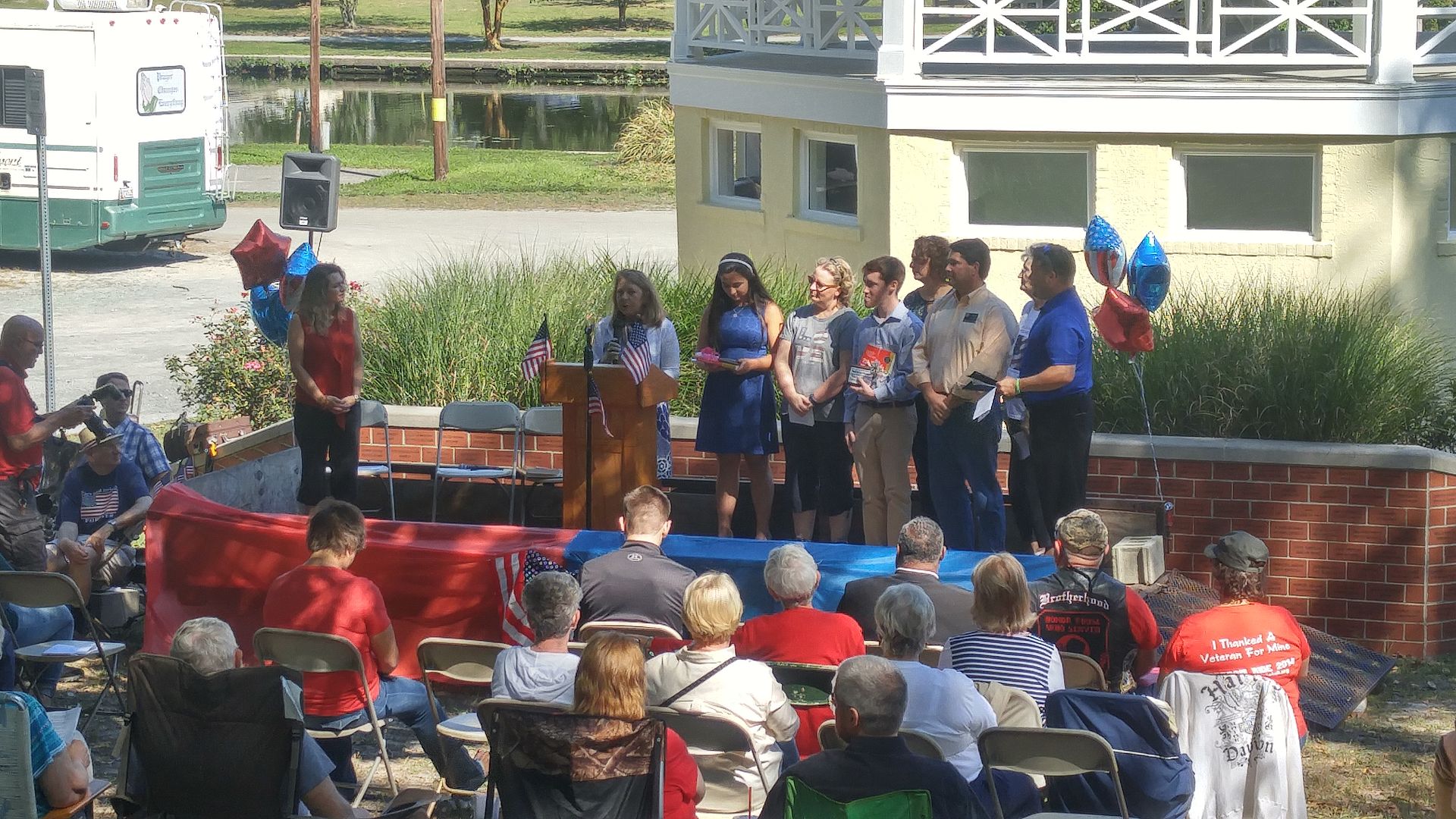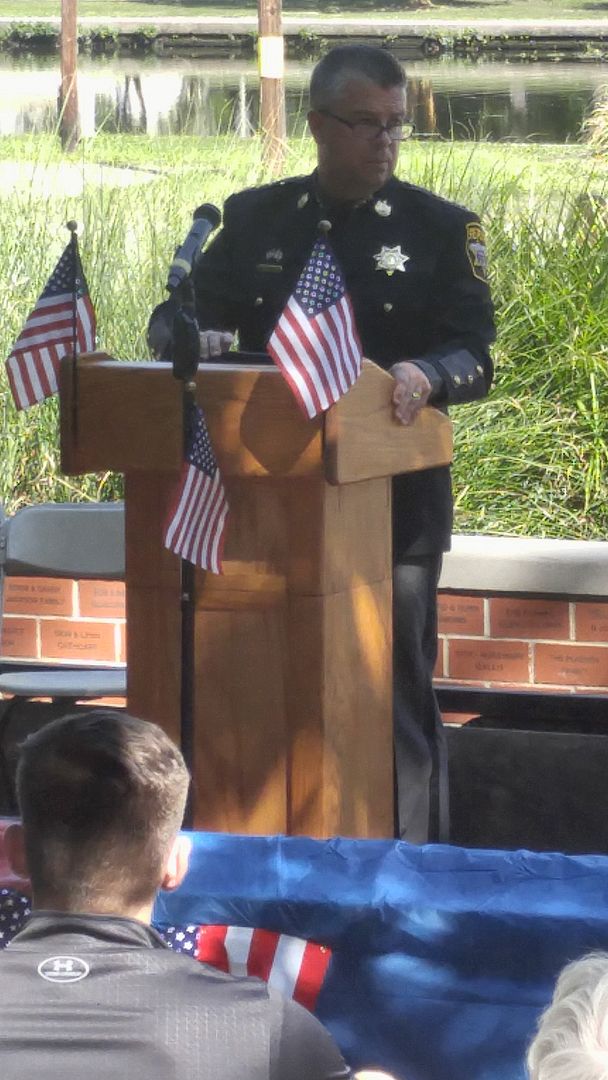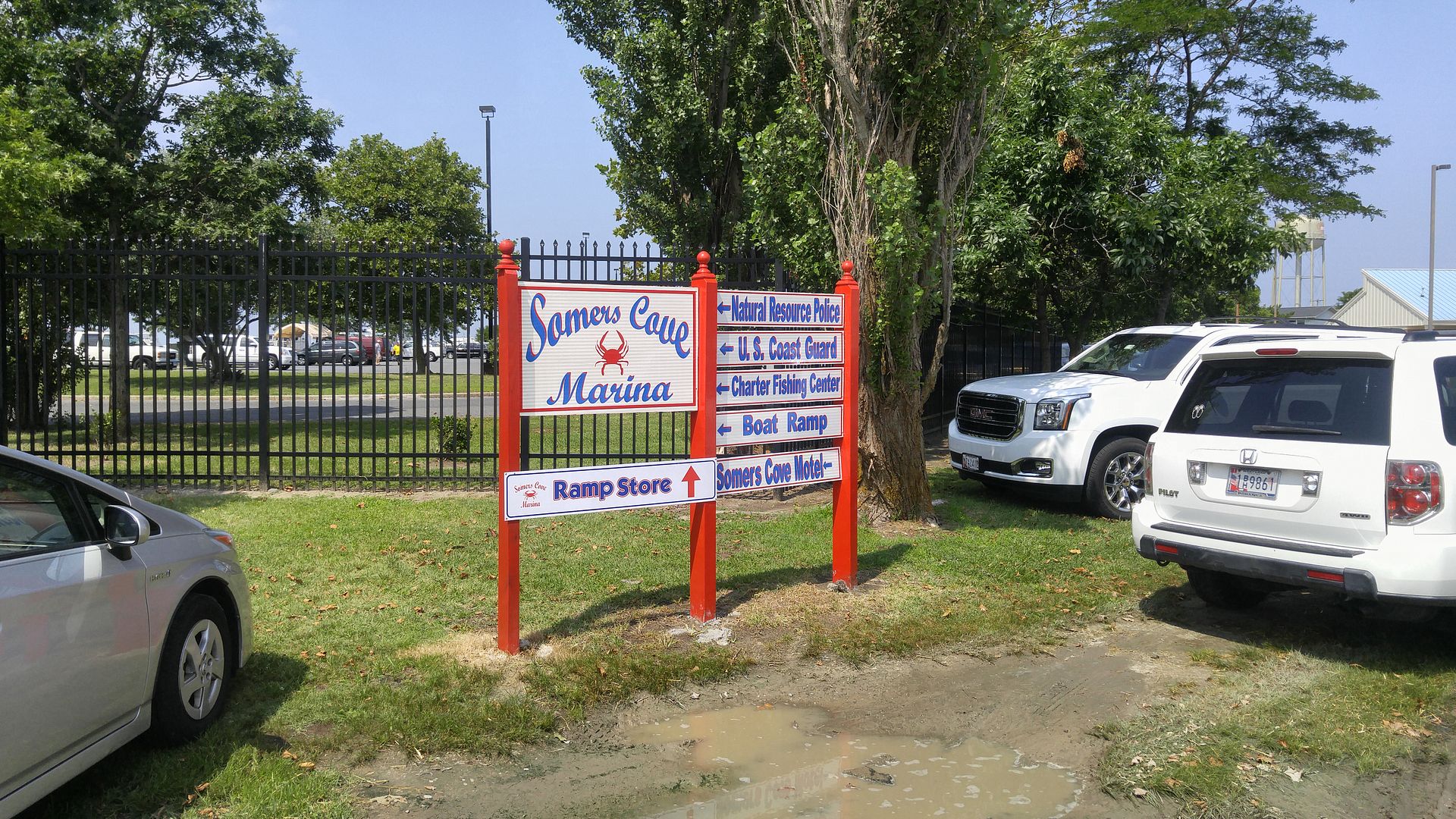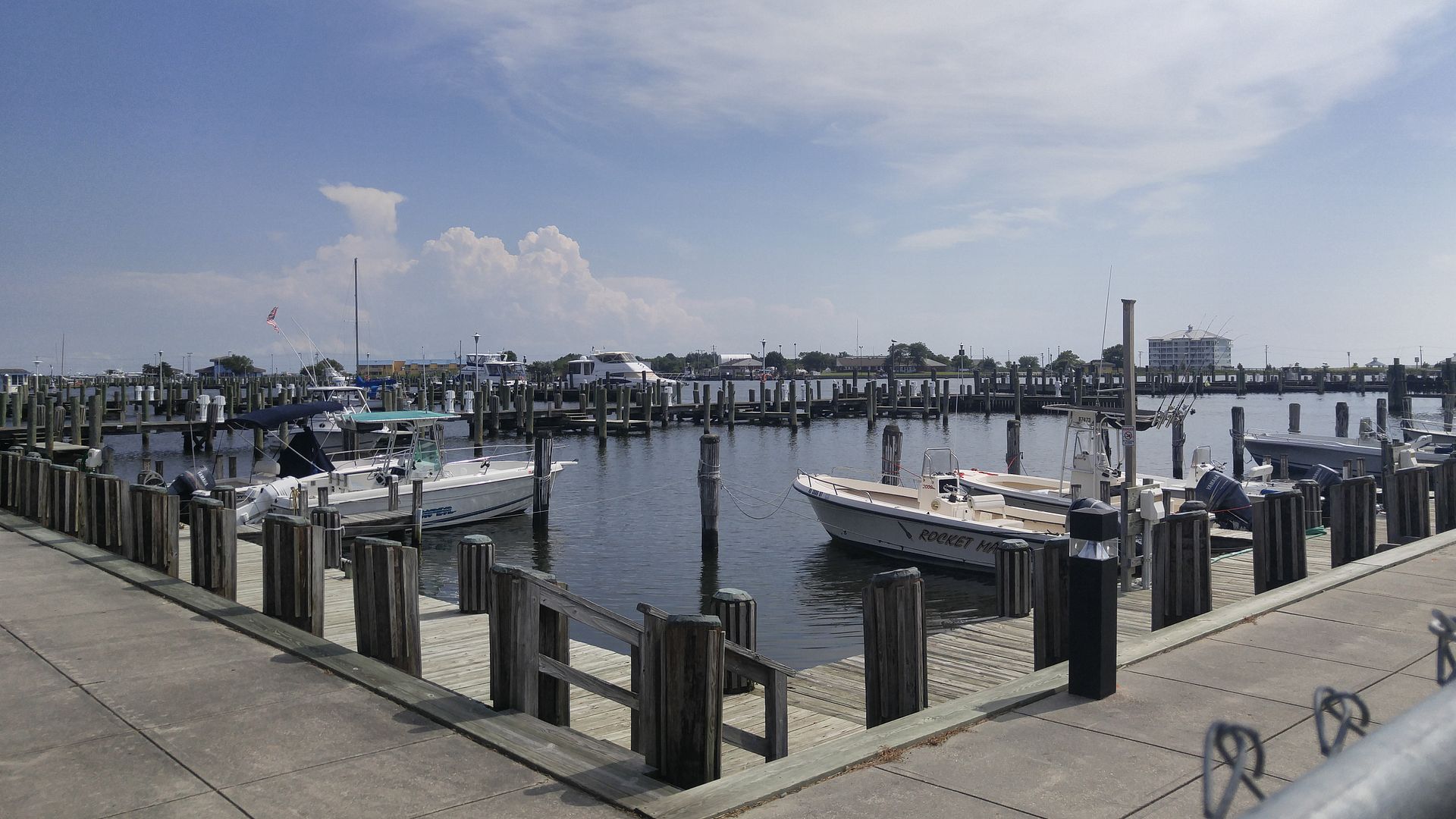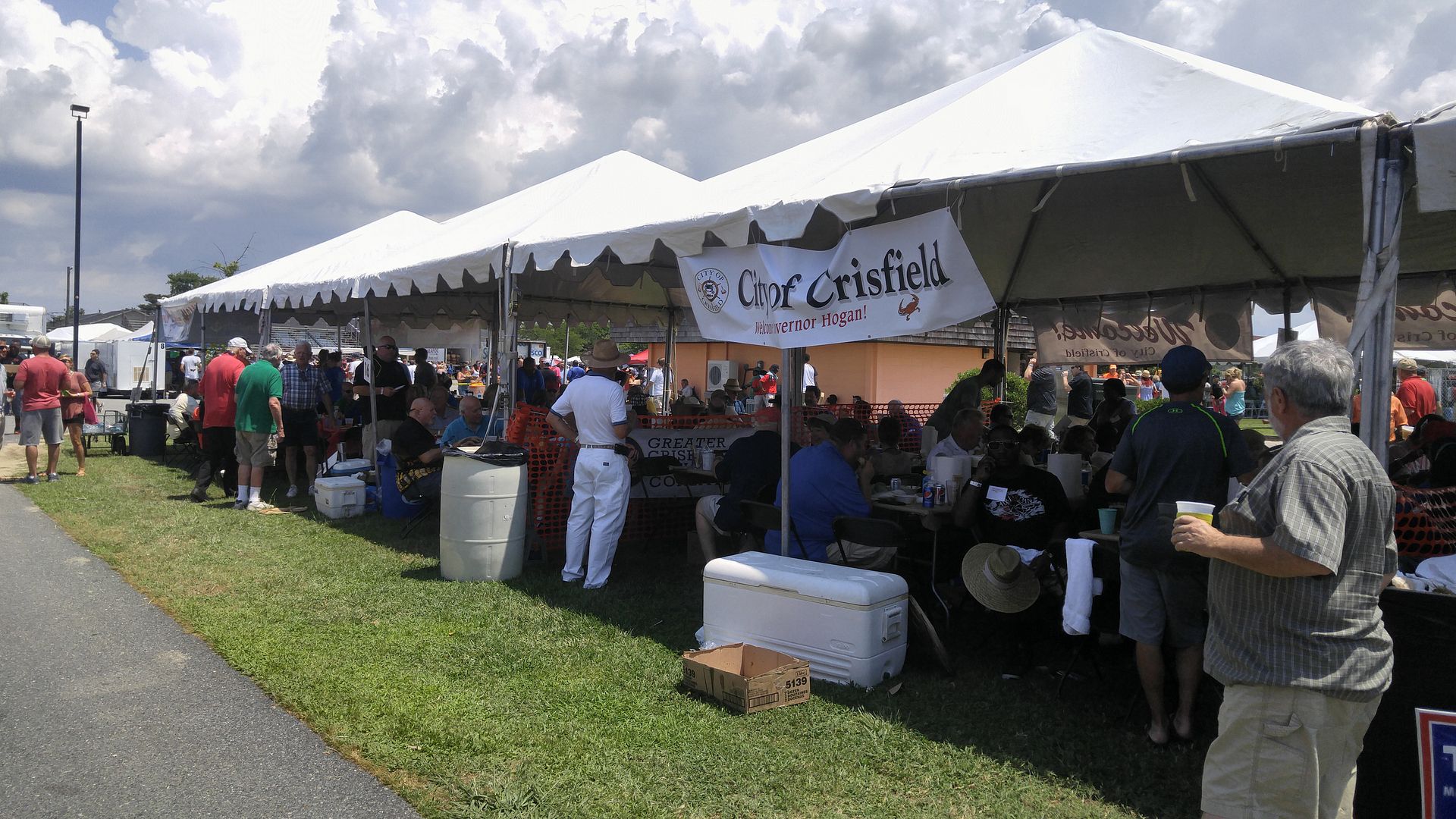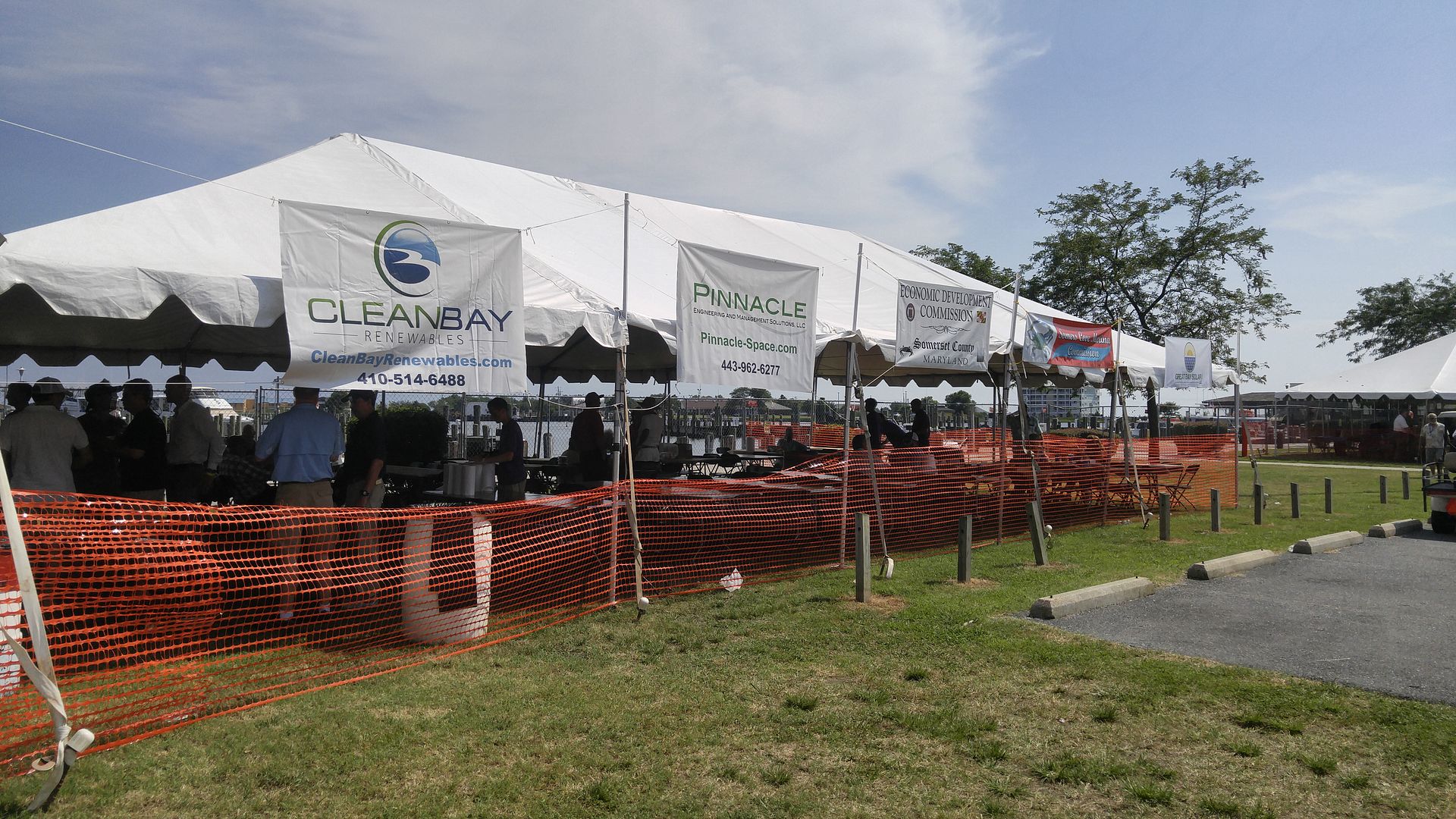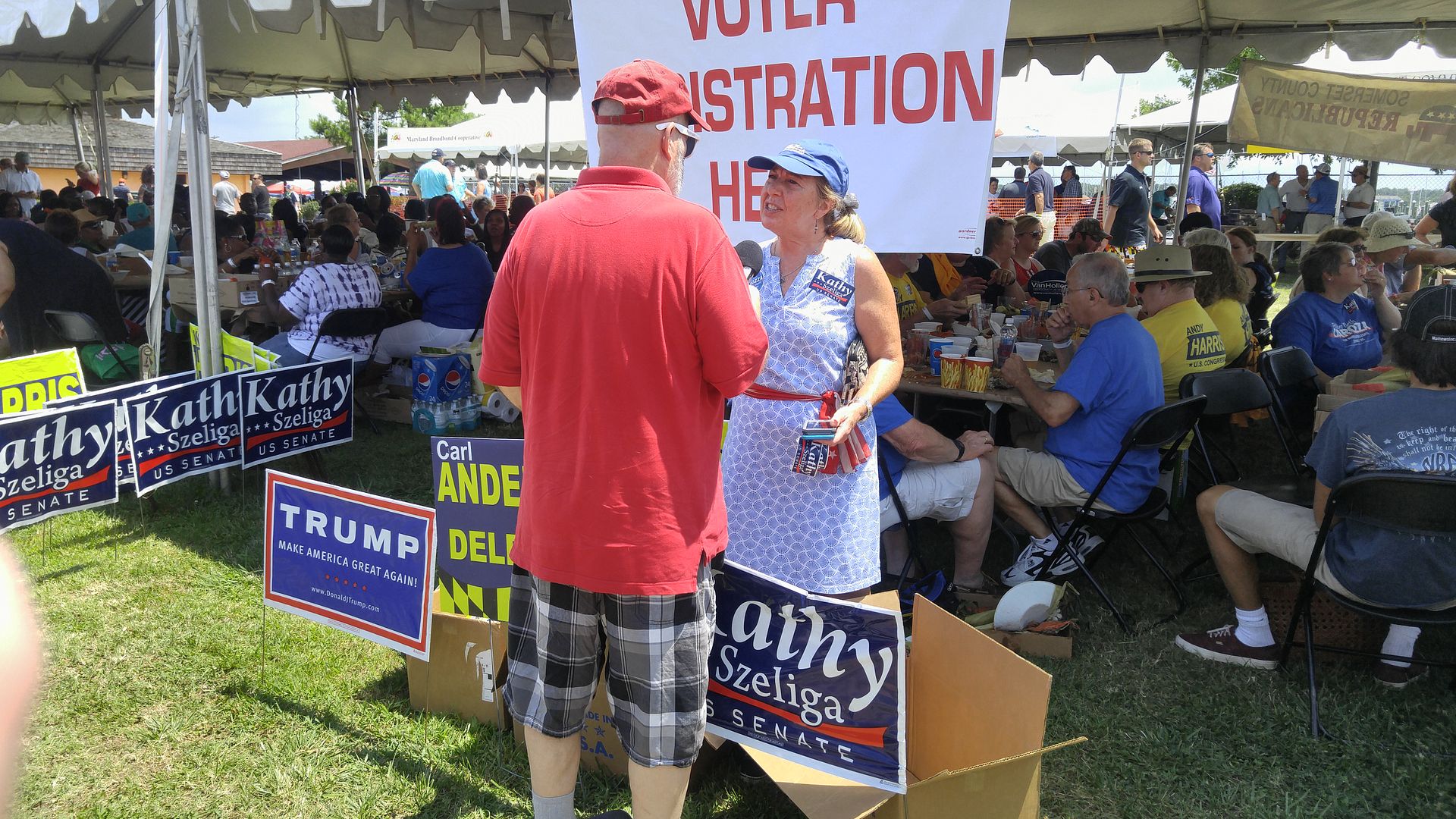Returning after a nearly five-month hiatus, it’s another edition of my occasional series of items that require anything from a couple sentences to a few paragraphs. Some of it is leftover campaign stuff from this time around, but I’m going to reach back to my 2016 GOP choice to start this off.
Too often, I get an e-mail from Bobby Jindal that links to a piece behind the Wall Street Journal paywall. I like Bobby but I really don’t need to read the WSJ daily, so I miss out on being able to share. In this case, though, I was pleased to see him at National Review, which doesn’t have a paywall. And that’s good because when he points out:
Democrats point to the supposedly existential threat of climate change and the nation’s allegedly inhumane immigration system as reasons to give them control of Congress this November. Yet their failure to prioritize these issues and pass legislation when they controlled the White House, the Senate, and the House during Obama’s first two years in office belie their seriousness. Republicans are currently demonstrating a similar hypocrisy by failing to act on their supposed political priorities, including repealing Obamacare and reducing federal spending and borrowing. Even more dangerously, Republican failure to advance significant conservative solutions to the problems voters care about is setting the stage for Democratic overreach.
(…)
A majority of voters still prefer effective conservative market-based solutions to their real-world problems, but they will settle for government subsidies and dictates as a second-best solution if Republicans fail to offer an alternative. Republicans’ failure to address rising health-care costs when they were last in the majority led directly to Obamacare, and their failure to act today will result in a single-payer system. It all seems fine now, but remember this moment if and when we get single-payer.
As we are seeing in Maryland, single-payer isn’t a great selling political point – yet. But we’re also seeing the Democrats chip away at this by re-branding it as Medicare for All. One irony of entitlement reform as often proposed on both sides is that fixing Medicare will be the impetus for expanding it to a younger and younger age cohort, meaning people my age may soon get it – and entitlement-addled Millennials will soon be following suit because they’ll whine that they don’t have what their parents do, even though the parents have actually paid the Medicare tax for much of their working lives.
But if a market-based solution gains traction – perhaps making personal health insurance premium payments fully tax-deductible (as employer-based insurance payments already are paid pre-tax) would be a good interim step – the advantages of the private market would remain.
Another good step toward private enterprise might be addressing this disparity, as detailed by Hayden Ludwig at the Capital Research Center:
For a republic founded on states’ rights, the federal government owns a lot of American land. In 2017, the Department of the Interior reported federal ownership of 640 million acres—about 28 percent of the United States. Of that, only 2 percent is composed of military bases and training ranges managed by the Department of Defense. Much of the rest – a staggering 246 million acres – is concentrated under a single agency: the Bureau of Land Management, an agency of the Interior Department.
Even if you consider that there are a number of long-standing national parks in the West, the overuse of the 1906 Antiquities Act, especially by Democrat presidents, to create “no-go zones” for development, free use by agricultural interests, or energy exploration means that land isn’t being placed at its highest and best use. But they don’t seem to be resistant to using the land for the boondoggle of solar energy.
Did you know that for each megawatt of solar power created, the subsidy is over $40? That’s not me talking, but a University of Texas study cited by my old friends at Americans for Limited Government. Speaking on solar energy, author Richard McCarty writes:
After years of generous, taxpayer-funded subsidies, solar energy is still unable to compete on a level playing field with coal, natural gas, and nuclear power. Regrettably, solar energy’s higher costs have a human impact making it tougher for less affluent people to stay cool in summer and warm in winter. With so many affordable, reliable energy resources in this country, there is just no excuse for the government to be mandating and subsidizing green energy production.
Of course, if you’ve read my work regularly over the last 12-plus years, you have likely figured out I’m dubious about solar energy being a viable option in many areas of the nation. Obviously it could work off-grid and there’s no doubt the sun is an effective source of warmth in arid areas that enjoy abundant sunshine, such as the deserts in our Southwest, but in most other areas we’re hit-or-miss when it comes to solar power. (Case in point, today’s rainy day with a declining amount of daily sunshine not helping matters.) So while we still have the abundant fossil fuel resources, why not use them?
We don’t know whether Election Day will turn out sunny or cloudy weather-wise, but one thing I do know is that statist advocates like Joe Biden are backing candidates who they think will make their task easier. This is a snippet from a recent e-mail from the Biden-created American Possibilities:
(In June), in the latest threat to our right to vote, the Supreme Court gave the state of Ohio permission to kick thousands of voters off their rolls this fall based on how frequently they’d voted in the past. And now, you better believe that other states around the country are going to be emboldened to try the same thing.
Michael, if there’s anything we’ve learned this past year, it’s that we can’t always predict the future – but we can shape it.
And right now one of the very best ways we can help save voting rights in the United States is by electing strong Secretaries of State, the folks responsible for overseeing elections, all across the country.
So today, I’m endorsing four of these folks – each of them someone who understands that democracy is about making it easier, not harder, for every single one of us to have our say.
What Ohio was doing wasn’t terribly strict – I’ll let CNN explain:
Ohio law allows the state to send address confirmation notices to voters who have not engaged in voter activity for two years. If a voter returns the notice through prepaid mail, or responds online, the information is updated. If the notice is ignored and the voter fails to update a registration over the next four years, the registration is canceled. (Emphasis mine.)
So this purge of the rolls is after SIX years of inactivity to me isn’t all that hardline – particularly in a state like Ohio, which not only has balloting every year (primary and general for federal, state, and county offices in even-numbered years, primary and general for municipal and township offices and school boards in odd-numbered years, plus special elections for tax levies as needed) but also makes it fairly easy to get an absentee ballot and has a generous early voting schedule that actually makes Maryland look like pikers. If you’re not interested in participating after at least 12 (and probably closer to 15 to 20) opportunities to vote, it’s pretty likely you won’t.
And I think that law is good protection – I didn’t want someone claiming to be me to vote in my stead when I left the state. I seem to remember contacting my old Board of Elections once I registered here after the 2004 election to make sure they took me off the rolls. (Despite being here, that year I voted absentee in Ohio because I arrived after Maryland’s registration deadline in mid-October. If it weren’t a Presidential election, I probably would have skipped it.) Biden wants Secretaries of State that will not take the time to prune lists of ineligible voters and allow for same-day registration.
That’s straight out of the Democrat playbook, as expressed by DNC Chair Tom Perez:
Democrats are doing all we can to make sure that every eligible voter can exercise their constitutional right at the ballot box. That’s why we’re encouraging all states to offer same-day voter registration and the ability to register as a Democrat to vote in Democratic primaries. (Emphasis in original.)
Can you say Operation Chaos 2020?
Remember, it’s not the votes that count but who counts the votes. Ask Norm Coleman.
Since I brought up Ohio, it’s also the base for a pro-life advocacy group called Created Equal. Something they’re doing as their ministry is taking the pro-life message to the streets, as they detail in a video series they’re promoting called Preborn Defenders 101. It may be a good reference for others who share the pro-life philosophy – as they note, “our training is not theoretical. It is tested and tried in the fires of the public forum.”
(Public service announcement in that vein: the annual fundraising dinner of the Eastern Shore Pregnancy Center comes up next month.)
Hopefully that dinner won’t conflict with the second scheduled Senatorial debate, which I found out about by accident: the Neal Simon campaign was announcing their second television spot – obviously they can afford it. As they describe the commercial:
The ad presents Simon as a strong, independent voice who will work for all Marylanders in Washington, and criticizes the two political parties and its leaders for playing partisan games that are dividing Americans and blocking progress.
I don’t know about either strong or independent, given the composition of those who donated to him, but they sure had to spin the recent Goucher Poll (slightly edited for spacing purposes):
———-
If you are writing something about the Goucher poll today or this week, the Neal Simon, unaffiliated candidate for the US Senate, campaign can provide a comment/quote, if you like.
Key components here are the following in our mind:
- Momentum is a powerful force and it is beginning to swing our way:
- In campaigns, nothing is more powerful than momentum and we feel like it is on our side and we are just getting going.
- In 2 weeks, we expect to see another statewide poll, and we believe our numbers will prove that we are gaining momentum
- During a campaign, support for candidates either rises or falls: we are rising, our opponents are falling:
- Our message resonates with voters, and as a result of our campaign, the Republican and Democratic candidates have seen their support decline.
- We have gone from 0% to 8% – Neal had no name ID when this started – the media is not covering our news, we have to buy exposure (that is an entire other topic).
- If you look at other state-wide races like AG, the Republican is polling at the rate of registered R voters. Campbell is polling way lower than that.
- Neither Cardin nor Campbell has enthusiasm – we went up 8 points, they went down. Neal is the only candidate with any kind of momentum.
- Cardin has 56%, but 60% of people polled are registered democrats
- Campbell polled at 17%, with 26% registered republican voters in the state.
- As more voters see our ads, hear our message, and meet Neal on the campaign trail, support for major party candidates will continue to decline. Neal looks forward to the debate on October 7 to speak directly to the people of Maryland.
———-
What this shows to me is that Republicans (most of whom did not vote in the primary) may be operating under the belief that Neal is the endorsed Republican candidate. Normally the two dominant parties are on television, but in this case Campbell’s fundraising has been anemic (in all likelihood because donors believe he has no chance; alas, a self-fulfilling prophecy) while Simon lent his campaign more money than all the Maryland Republicans in federal races – except Andy Harris – have on hand combined.
So the bite out of the GOP total is coming from having a candidate that voters may well believe is the GOP nominee, running as a populist outsider in the vein of Larry Hogan. If anything, though, Simon should be taking from the Democrat’s total because his political philosophy is more aligned with them. That’s the only way he’s going to win, anyway. But Neal does need some percentage of independents and unaware Republicans to win.
By the same token, Tony Campbell’s extremely narrow path to victory comes down to this: Simon draws enough Democrat and independent support from Ben Cardin to split their vote, with common-sense independents and a strong GOP turnout backing Campbell. Maybe it’s time for Larry Hogan to work for the Republican team that consists of himself, Craig Wolf for Attorney General, Tony Campbell for Senate, and whatever local candidates are there for his stops – the only reason Larry and crew needs to be on the Eastern Shore is to back Mary Beth Carozza over the guy who voted to overturn Hogan’s veto 5 times in 7 key votes over the last three years.
It may make conservatives sick to their stomach to run the kind of campaign that gloms onto the moderate Hogan’s popularity, but the time for conservative principles comes when they actually govern, not on the campaign trail in a state that doesn’t know better (yet. I can only push back the frontiers of ignorance just so quickly.)
Now that my mailbox is empty, I suppose I can put this post to bed. It’s been fun putting this one together.


